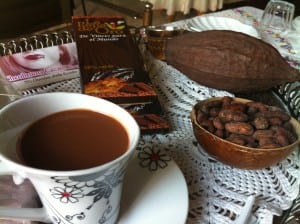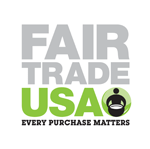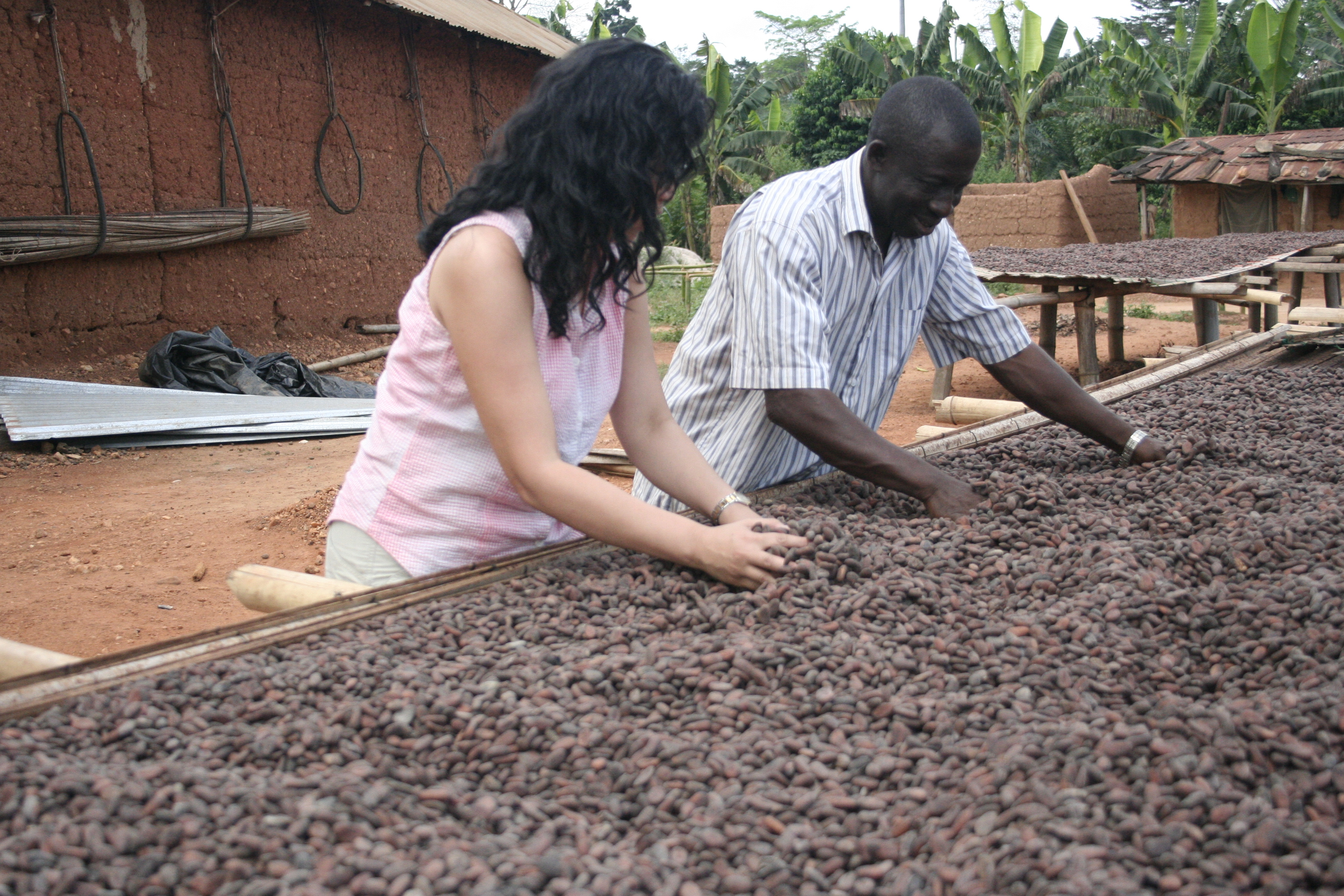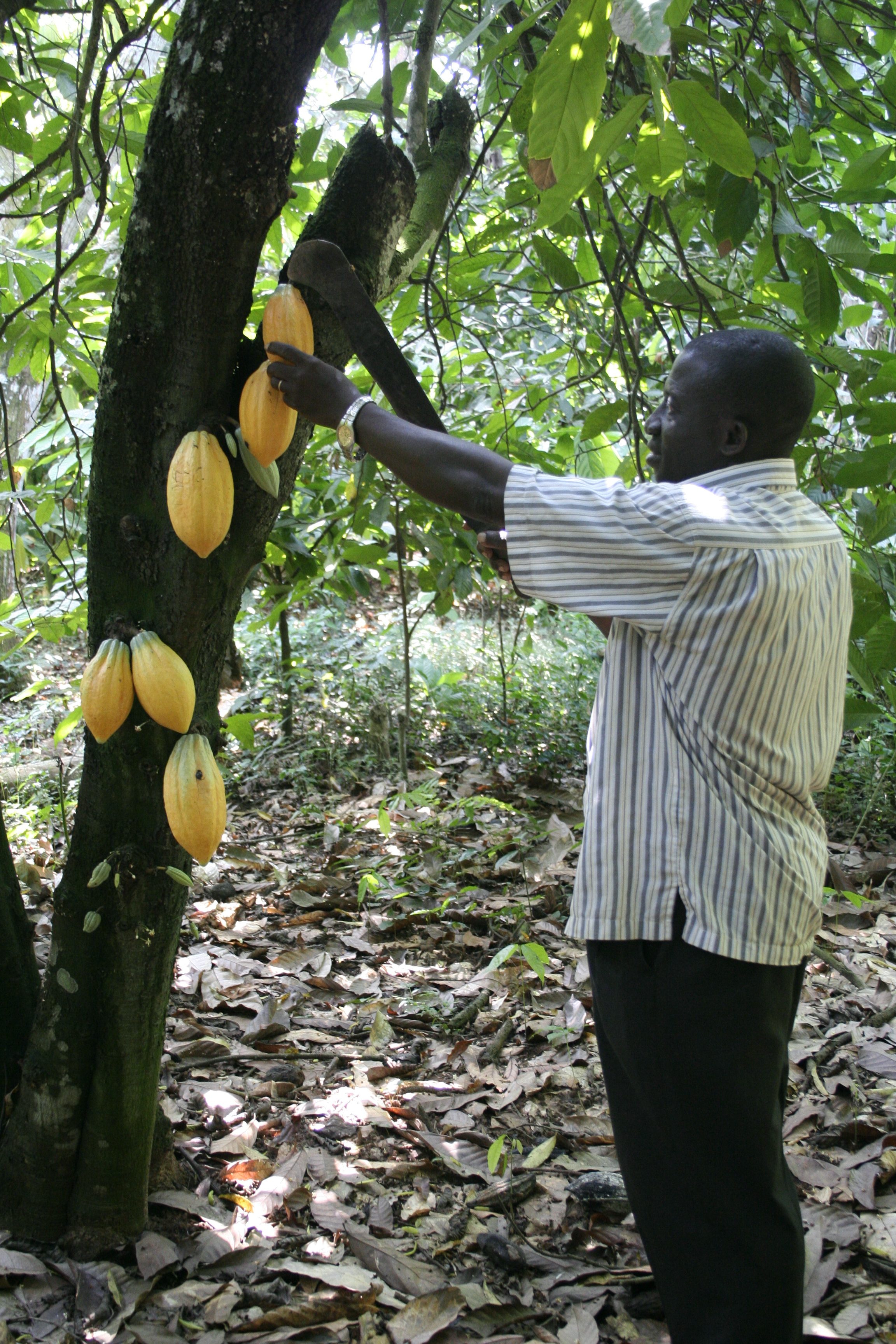Chocolate: A Different Kind of Primer
The holidays are a time to indulge, and what better way than chocolate! Who doesn’t love chocolate – especially premium chocolate? Like many women, I have long been a devotee of chocolate in all its forms, but over the past year I have come to learn much more about this decadent treat. So, I offer you a new primer to give you a nuanced appreciation of cocoa, where it comes from and why it matters.
TERRIOR
Like fine wine, the idea of “terrior” can be applied to cocoa. Terrior is defined in Wikipedia as “the special characteristics that the geography, geology and climate of a certain place, interacting with the plant’s genetics, expressed in agricultural products such as wine, coffee, chocolate, tomatoes, heritage wheat and tea.”
On a recent visit to Ecuador, I had the pleasure of having a private chocolate tasting with Santiago Peralta, Founder of Pacari Chocolate. He had me taste 65-70% cocoa, single origin chocolate bars from three different regions in Ecuador. As we tasted, he talked about microclimates, wind patterns and volcanic ash – each region had a unique mix, resulting in different regional characteristics – caramel, floral, fruity, depending on the soil and what was planted nearby.
FAIR TRADE
Fair trade is a term that is used quite liberally these days with respect to products that are coming from abroad, but strict practices need to be in place. Fair Trade USA defines “fair trade” as workers/farmers are being paid a fair wage or price, there are safe working conditions, and the community begins to access resources to be more self sustaining. This may also include ensuring that there is no child labor. In the West African countries of Cameroon, Ghana and Cote D’Ivoire where about 70% of the world’s cocoa supply comes from, hundreds of thousands of children are victims of child slavery, working long days under poor conditions. In fact, UNICEF estimates that a half million children work in cocoa farms in Cote D’Ivoire, producing 40% of the world’s cocoa. CNN talked to 10-year old Abdul who has been working since he was 7: http://thecnnfreedomproject.blogs.cnn.com/2012/01/19/child-slavery-and-chocolate-all-too-easy-to-find/)
To make sure that cocoa producers adhere to these guidelines, they must be certified. Fair Trade USA has clear standards, certifies and monitors to ensure that these standards have been met and continue to be in place, so when you see the logo above, you know that this product has been certified. If you see other groups using “fair trade” language, it’s best to check what standards they are using, how they certify and how often they monitor.
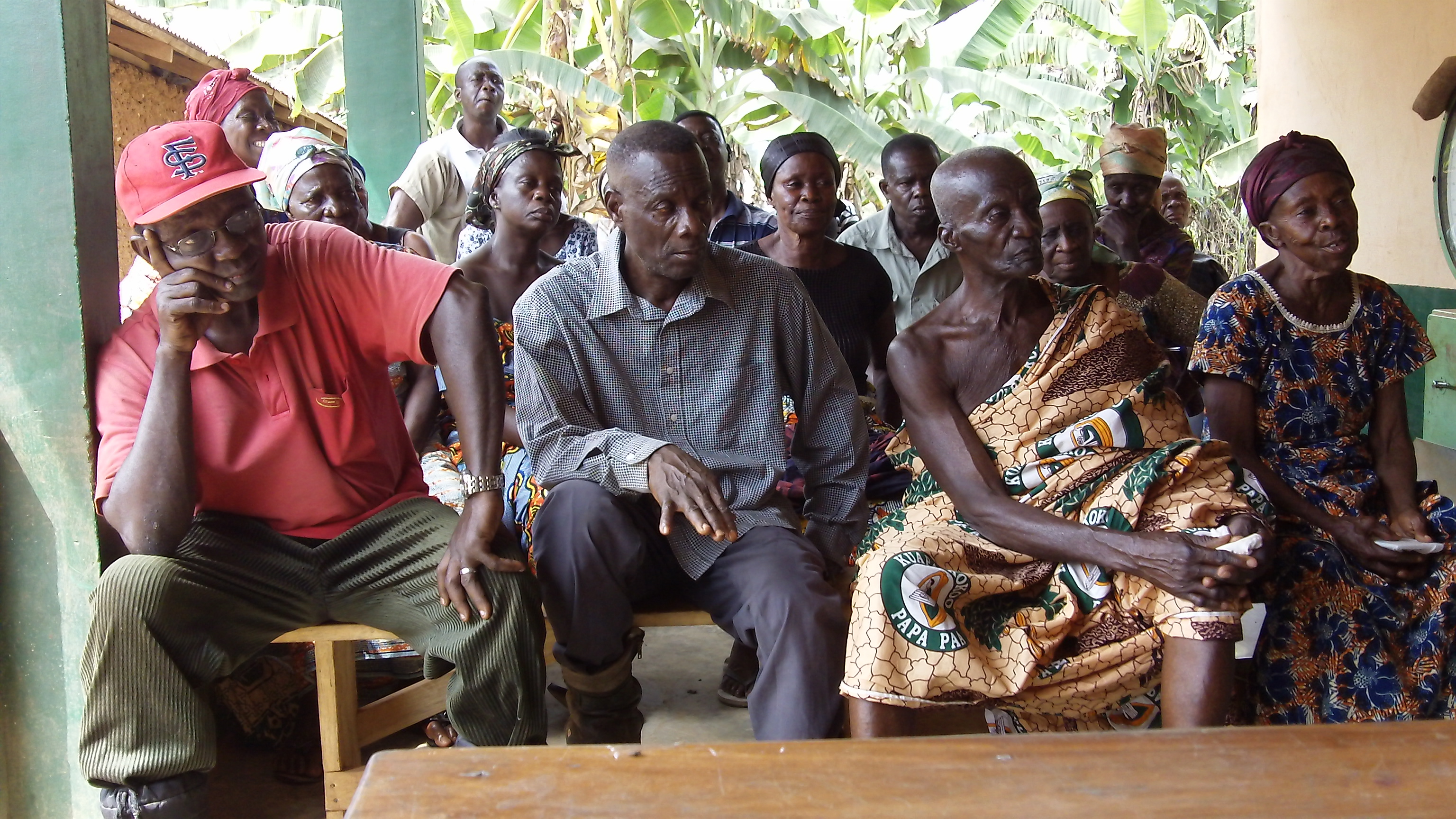 I had the opportunity to meet with the Kuapa Kokoo cooperative in Ghana that actually co-owns international chocolate company, Divine Chocolate. Their cooperative is made up of over 45,000 small family farms, they empower women, and they use part of the profits for community projects, like schools or whatever the community decides is their priority.
I had the opportunity to meet with the Kuapa Kokoo cooperative in Ghana that actually co-owns international chocolate company, Divine Chocolate. Their cooperative is made up of over 45,000 small family farms, they empower women, and they use part of the profits for community projects, like schools or whatever the community decides is their priority.
Don’t be fooled by rural simplicity, they are smart. In a community meeting I attended, I asked the interpreter what the group was discussing, expecting simple things like getting beans to market. They were discussing the importance to succession planning for their family farms. Now whenever I am looking for a chocolate bar and I see Divine, I can hear the Kuapa Kokoo song ringing in my ears – yes, they sing their song to close their meetings. It’s the song of dignity and empowerment.
Tree to Bar in Country
Most cocoa beans are actually exported out to other countries, like France and the U.S., in order to produce chocolate products. By growing and producing chocolate products in country – “tree to bar in country” – this means that businesses are being created in country, wealth is being created in country, and the farmers get a much larger share of the profit from chocolate products.

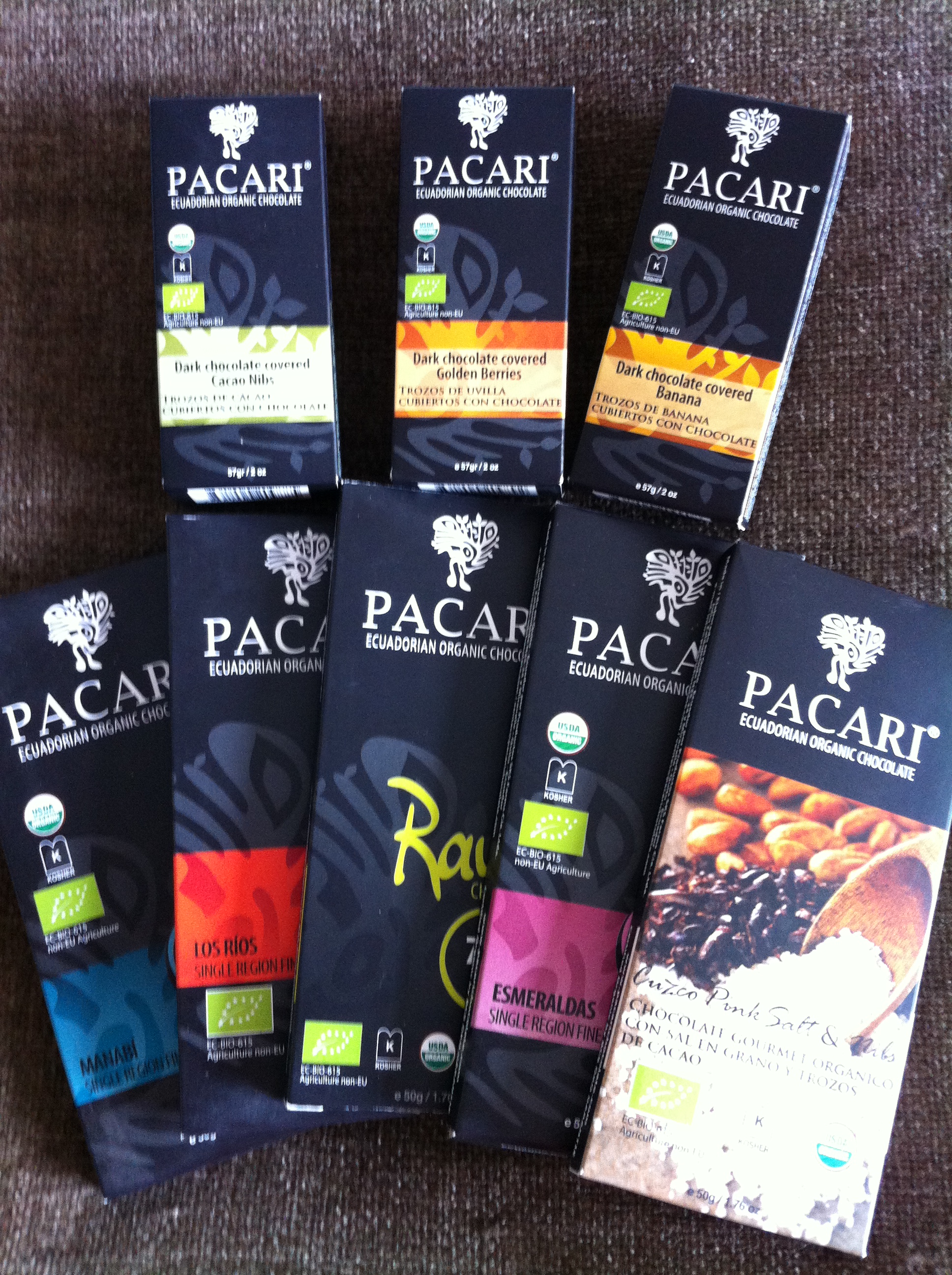
Two “tree to bar” chocolate companies: Madecasse from Madagascar and Pacari from Ecuador.
This also means that the chocolate companies have a closer relationship with the farmers that supply them cocoa. Santiago Peralta, Founder of Pacari Chocolate in Ecuador, tells me stories of making small loans to farmers for equipment to increase their production and even helping a handicapped farmer to buy a donkey (a loan of under $1,000) so he could get cocoa beans to market. Without that loan, the farmer and his farm would have gone under, but now he is thriving and others in the community have purchased their own donkeys to get more beans to market.
Great news is that 10-year old Ecuador-based Pacari has been winning top honors at the International Chocolate Awards including Gold awards for its 70% RAW organic and biodynamic chocolate bar, 60% with Lemongrass and Silver for RAW 70% with Salt and Cocoa Nibs against 100-year old chocolate companies from France and Italy.
Madecasse is another great brand produced in Madagascar by former Peace Corps volunteers (photo above). I ran across them when they won a social enterprise award at The Feast Conference in NY several years ago.
So, when your sweet tooth kicks in, think about these amazing choices in premium chocolate: it’s a treat for your taste buds and supports positive change in the world.
